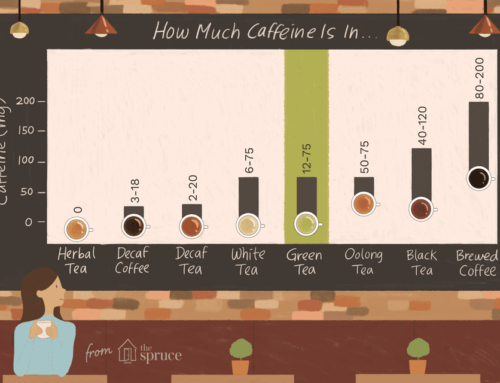The BMI, or Body Mass Index, has long been supported and utilized as an indicator of health or risk of illness. The BMI is based on weight vs height calculation.
BMI = weight(kg)/height2(m2) (Metric Units)
BMI = 703·weight(lb)/height2(in2) (U.S. Units)
The results rank as below:
Underweight = <18.5
Normal weight = 18.5–24.9
Overweight = 25–29.9
Obesity = BMI of 30 or greater
For everything the BMI tells us it doesn’t take into account body composition; i.e. muscle mass or body fat composition, which can greatly distort the numbers.
Waist to hip ratio is measured by taking a circumference measurement 1″ above belly button, then dividing that number by the circumference measurement at the widest part of your hips. This will be affected more by belly fat, or visceral fat, which a better indicator of cardiovascular disease risk. According to a study in the European Jounral of Clinical Nutrition in 2007, “WHR is the preferred obesity measurement for determining overall mortality risk”.
Waist/Hip=WHR
The results rank as below:
| Male | Female | Health Risk Based Solely on WHR |
| 0.95 or below | 0.80 or below | Low Risk |
| 0.96 to 1.0 | 0.81 to 0.85 | Moderate Risk |
| 1.0+ | 0.85+ | High Risk |
While the BMI has its place, it certainly has its limitations, and overall the Waist to Hip Ratio is a better indicator of overall health and mortality risk. Try it at home, and see where you rank.
http://www.livestrong.com/article/403691-bmi-vs-waist-to-hip-ratio/






